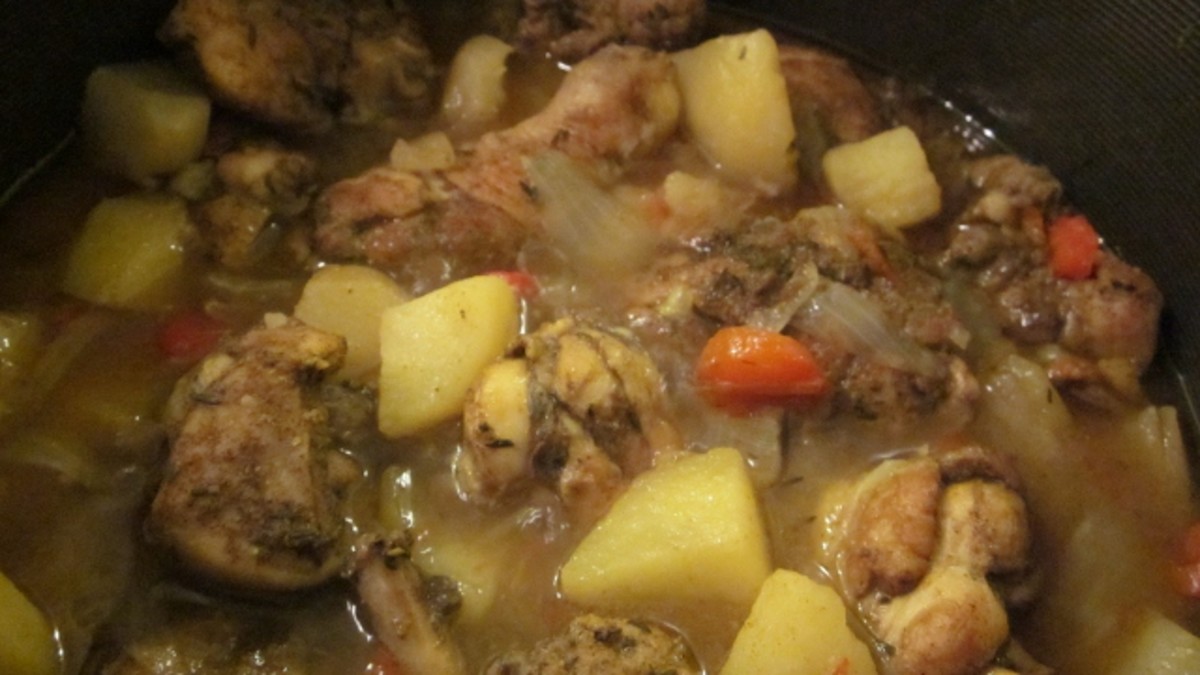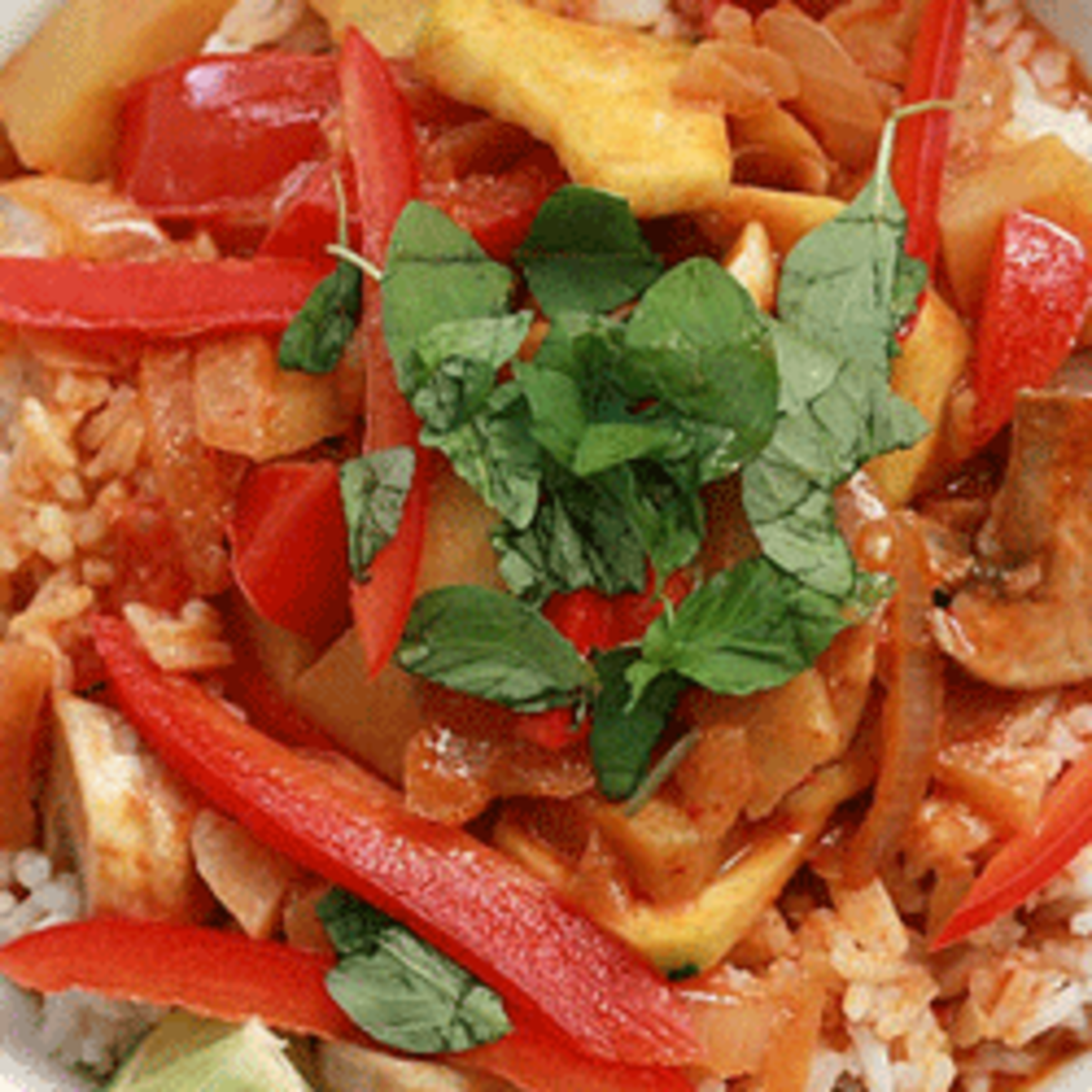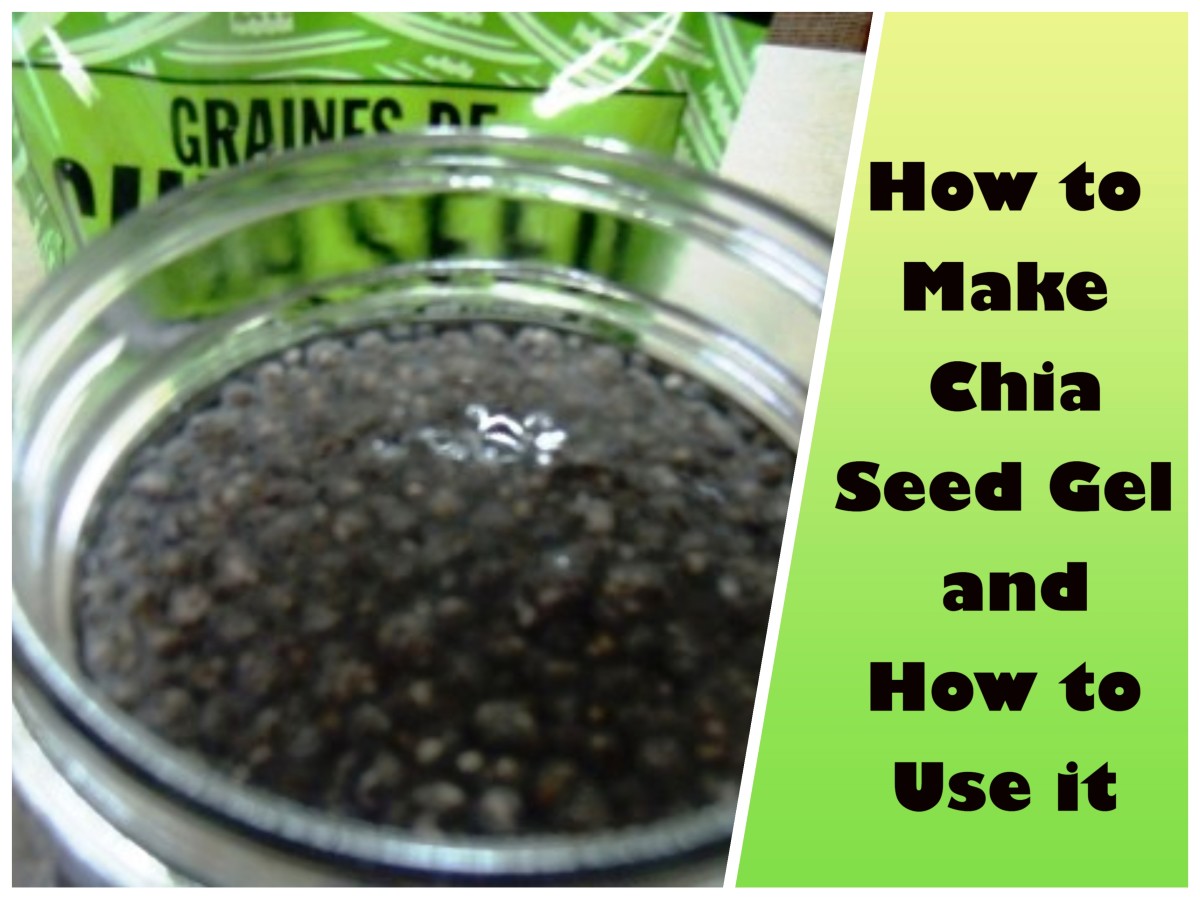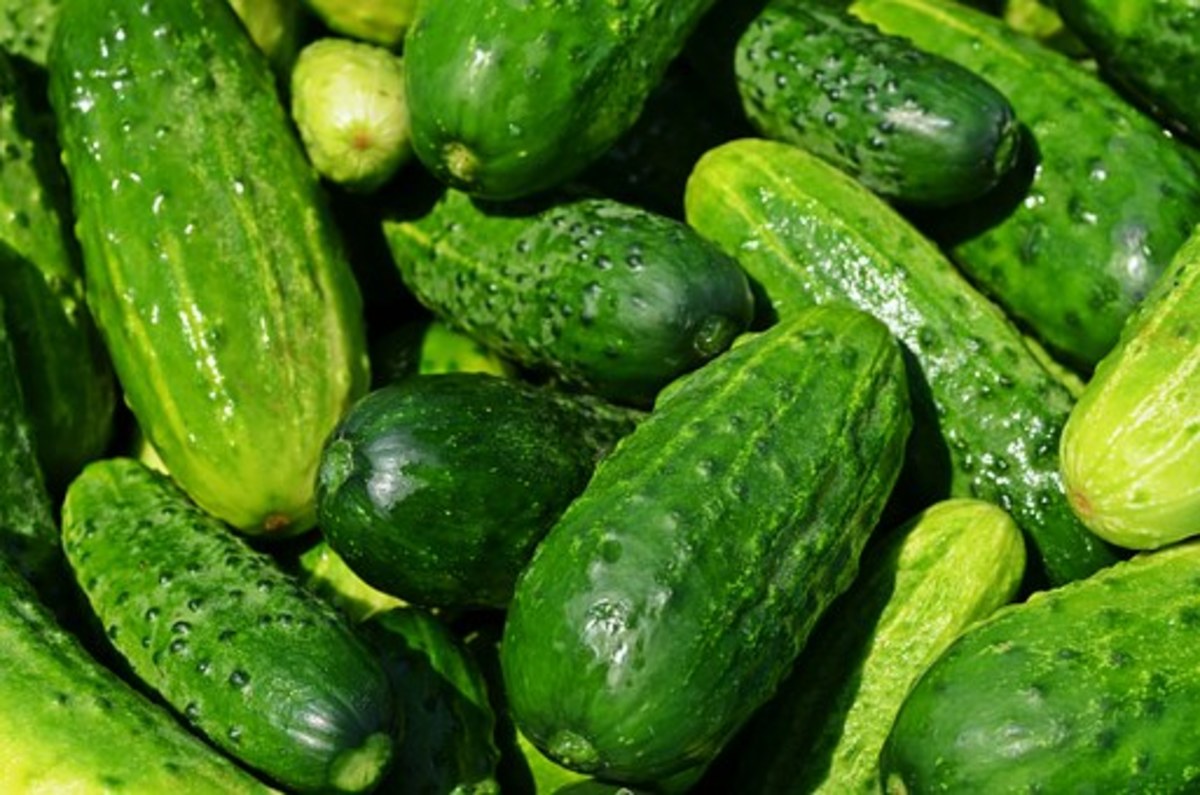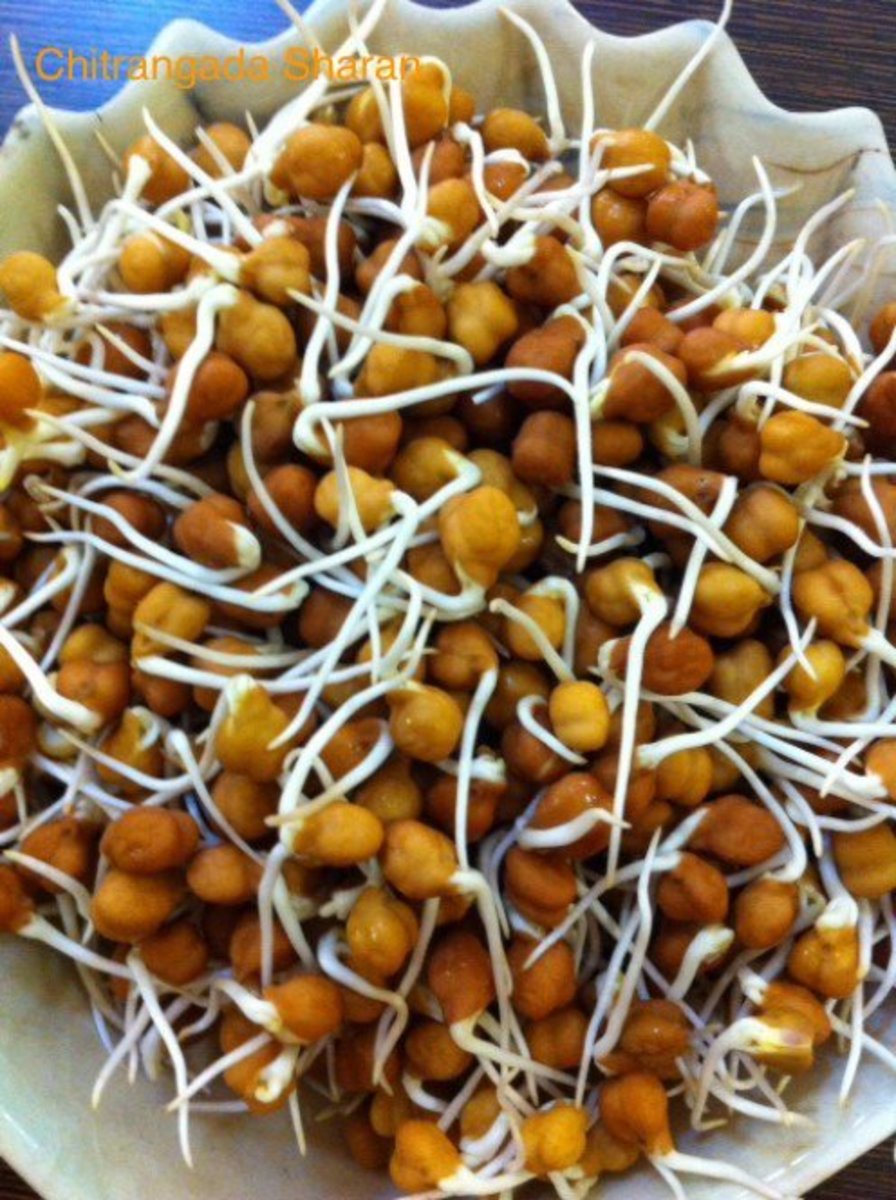A quick & easy meat-free curry

Quick, easy, meat free curry with chickpeas, tomato and apple
I enjoy making a beautiful and delicious curry from scratch - grinding spices, preparing ingredients and long, leisurely cooking. However, I rarely have the time.
More often than not though, I look despairingly into the fridge, see very little so turn to the store cupboard and rifle through the canned goods. Often, these what-on-earth-can-I-cook meals turn out so well that they become regulars - this quick and easy Indian-style dish is one of them.
Ingredients
- 1 large onion
- 1 can chopped tomatoes (I like organic)
- 1 can chickpeas, strained and rinsed
- 1 apple
- 1 cup korma paste
- 1 can evaporated milk (I prefer Carnation)
- A little olive oil for frying
- To serve:
- Lemon wedges
- Indian bread (naan or chapatis)
- Fresh coriander
Instructions
- Heat the olive oil in a large frying pan or skillet. Fry the onion for about five minutes until they are soft and beginning to brown slightly. Stir in the korma paste.
- Add the tomatoes and chickpeas. Bring to a boil, add the milk then reduce the heat and simmer for 2 - 3 minutes.
- Core and chop the apple (no need to peel) and add to the pan. Cook for a further minute - just long enough for the apple to be warm but still crunchy - and serve.
![Healthy Indian Vegetarian Cooking: Easy Recipes for the Hurry Home Cook [Vegetarian Cookbook, Over 80 Recipes]](https://m.media-amazon.com/images/I/512lFWl+hgL._SL160_.jpg)
Curry and the English
What is it about the English population and curry? Why is it so popular? And believe me,it really is the most popular meal in England.
Forget any ideas you might have about 'traditional English food'. Although let me say that curry and highly spiced foods have a very long history in British cuisine.
In fact, written recipes for what today we would call curry can be found dating from as early as 1390 in the Middle Ages.
Remember, that was the first written recipe - people had probably been cooking curry-like dishes for hundreds of years.
Sometimes it's easy to forget that people in ancient times travelled. Yet the Romans were travelling to India and buying spices from the country before the birth of Christ.
When the Romans occupied Britain, many British people adopted their ways and therefore, even in those early days, spiced food were not unknown, especially for the more wealthy inhabitants of the country.
By the Middle Ages, Britain has its own trading arrangement with India. And by the time English recipes were written down, two seasoning powders - a little like the curry powder of today - had been developed.
These were powder-douce (soft) and powder-fort (strong).
An interesting sidenote is that the first English recipe book had a curious name - the Forme of Cury. It is speculated that the word 'cury' comes from the French word cuire, meaning 'to cook'. Hmm, I'm not so sure.
Several hundred years later, the British ruled India for almost a hundred years. During that time thousands of British people either lived in India or visited there.
Naturally, many adopted the Indian cuisine and way of eating. Most wealthy people in India (and after all, it was likely to be the more wealthy people who were there) employed local chefs and cooks. It was only to be expected that the British grew to enjoy Indian cuisine. When I refer here to Indian cuisine, I mean the types of foods we eat in Britain today.
Of course, this meant that generations of children were brought up on Indian dishes.
As the British returned home over the years, the Indian food and ways of cooking were taken with them and curry found an even greater foothold in the United Kingdom.
There were Indian restaurants in the UK in Victorian times. Gradually, these spread to the rest of the country until the situation arose that we still have today - that most British people eat curry, or at least Indian inspired foods, at least once a week if not more frequently.
© 2013 Jackie Jackson

